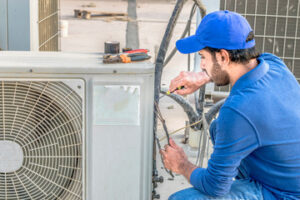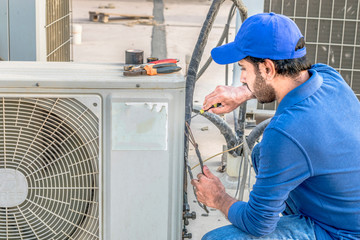A heating installation may require specialized equipment and knowledge of the electrical system. Installing a heating unit yourself can be dangerous, and a house fire can result. When in doubt, contact a professional. This way, you’ll be guaranteed that the job will be done correctly. Listed below are the essential steps to follow when performing a heating installation.

The first step in ensuring that your heating system performs well is to consult with a qualified heating installation technician about your heating options. While furnaces remain at the top of the game, there are numerous other systems to consider. If you like the comfort of a forced air distribution system but want to improve your energy efficiency, a heat pump might be for you. Is there no room in your home for air ducts? Not a problem. A ductless mini-split system allows you to keep your home comfortable all year without ductwork. You might even want to think about installing an old-fashioned fireplace or wood-burning stove.
Another essential aspect of ensuring the success of your heating installation is to schedule your service before the heating season. As the season approaches, technicians enter the busiest service period of the year. Delaying your heating installation may result in a service interruption and a disruption in your comfort. Schedule your heating installation or replacement before the chill of winter arrives, and be prepared for what lies ahead.
Choosing the right heating equipment is critical to your comfort and energy bills. If you are unsure which heating equipment is right for your home, try calling a professional. Although you may be tempted to do it yourself, it’s best to leave it to trained HVAC professionals. Several factors can affect the price of your heating installation. Changing the style and location of your home may also affect the cost.
Radiant systems use hot water in a boiler to heat the air dispersed throughout the building. Wall or floor vents distribute the heated air. Warm air systems can be powered by electricity, natural gas, or fuel oil. Radiant heating systems can be very energy efficient. Radiators are generally used in combination with boilers. They work by dispersing heated air evenly throughout a home. These systems are more expensive to install, and they can’t be used with air conditioning.
Modern boilers are incredibly efficient. They heat water faster than traditional furnaces, using far less energy. Many boilers can even double as a source of hot water. Boilers can be challenging to install despite their efficiency, so they are more common in older buildings without ductwork and cold climates. Despite this, if done correctly, boilers can provide you with heat and hot water without the hassle of the ductwork or a furnace.
Prices vary greatly, but the cost of an individual furnace can range from $650 to $3,000 or more. This cost adds up to about $3,000 to 8,000 when you add up all the installation costs. Propane gas will vary in price, but the project’s overall cost is usually between $2,500 and $5,500. The size of the furnace and the ductwork will also impact the cost. Ultimately, it’s essential to do your research before making a final decision.
Electric baseboard heaters aren’t used as primary home heating systems but as supplemental heat. Because they require no ductwork, air handlers, or distribution equipment, they are also easy to install and require almost no maintenance. But these heaters can be expensive to operate and can eat up your budget during the cold months. That’s why they aren’t recommended for every home.
The best way to protect your heating system from failure is to ensure that it’s serviced regularly. You can choose a contractor who is registered. You can also opt for a local contractor if you’re not sure of the quality of their work. However, be sure to inspect your heating system before choosing one thoroughly. That way, you can be assured that you’re not wasting your money on a faulty installation.

